Scandinavia makes a great trip, but I think all trips can be improved with a few travel tips. Whether that’s money savings (which is definitely needed in Scandinavia) or just general tips to help avoid some inconveniences, check out these Scandinavia travel tips so you can have successful trip.
Scandinavia Travel Tips
There are so many tips for traveling Scandinavia, but these are all of the things that I wish I had known when I traveled to Scandinavia.
You do not need to get out cash.
I used physical money exactly once when I was in Scandinavia. I needed to use a coin to pay for a locker to store my bag before check in at my hotel in Copenhagen. I didn’t have cash, so they let me charge my credit card 20 DKK and gave me a coin I could use. This was the only time in Scandinavia that I used physical currency. Your card is fine and is preferred.
Scandinavia Travel Tip #1 – Don’t bother with cash.
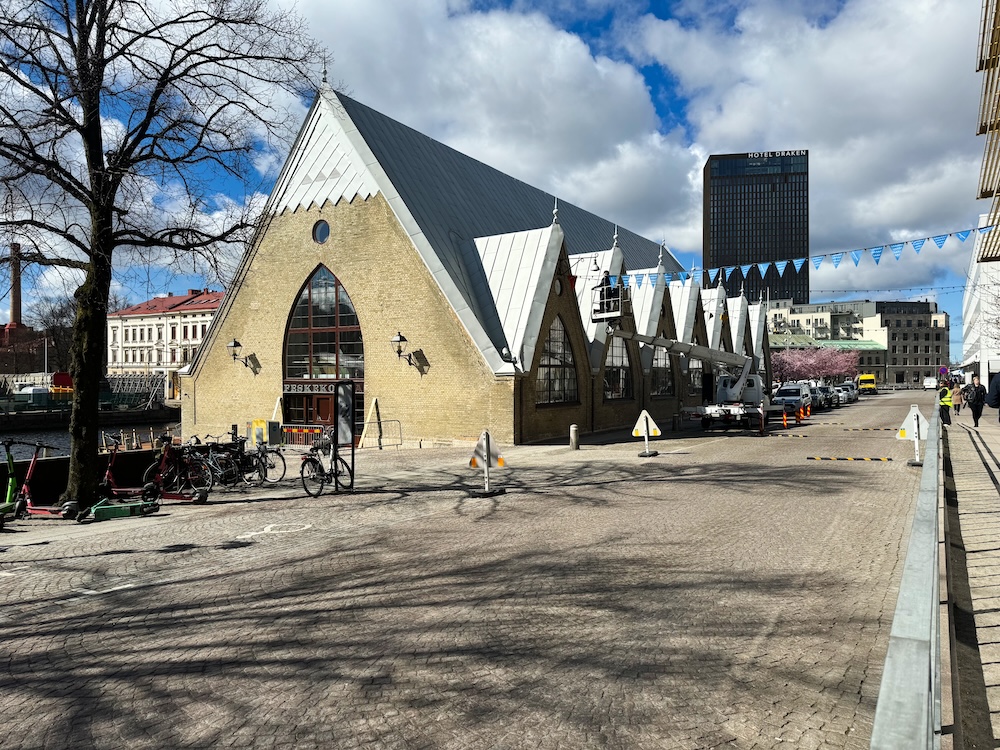
Budget more than you think you’ll need for sit down restaurants.
Everything in Scandinavia seems to be more expensive than elsewhere in the world. Food is no exception to this. Budget options for food do exist, but in general you’re not going to find them at traditional sit down restaurants. If you enjoy sitting down to a nice meal (or even a budget type meal, but at a sit down restaurant), add more money to your travel budget.
I typically only eat one meal out per day when I travel, but I found myself looking to fast food and convenience/grocery stores on my trip to Scandinavia. At $20 to $30 USD per plate for some of the cheaper options, I just couldn’t justify that. I saved my money for activities and went for budget food.
Scandinavia Travel Tip #2 – Eating out is very expensive in Scandinavia.
In Norway, you’ll pay less for takeaway at fast food restaurants.
So let’s say you’ve decided that you’re going to stick to budget food options when you’re in Scandinavia. One night, you’re in Norway, you decide to get fast food because it’s a cheaper option, so you go to McDonald’s. If you decide to eat in the restaurant, you’ll be paying 10% more for your food. So, if you’re trying to stick to a budget, order your food for takeaway. Make a picnic or bring it back to your hotel and you’ll save a little bit of money.
Scandinavia Travel Tip #3 – Take your food elsewhere to save some extra money.
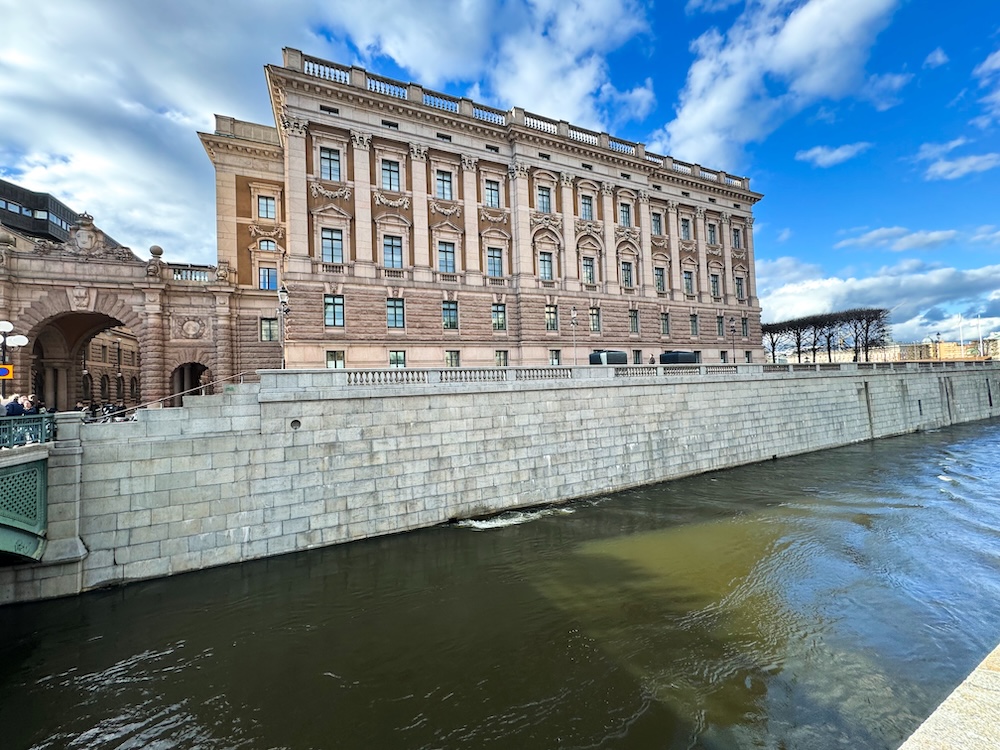
Non EU credit cards may have a surcharge on top of the price.
I saw a sign for this once or twice, but in general, I didn’t notice too much of a difference between the actual exchange rate and what was charged to my credit card. However, the numbers never completely matched up (but it wasn’t enough to make that much of a difference).
Scandinavia Travel Tip #4 – You may pay a bit more when using a non EU credit card.
Blankets may be provided if you’re eating outside.
In Scandinavia, people spend a lot of time outside, in all types of weather. Even on days where you think it’s too cold to sit outside and enjoy a drink, you will find people outside.
But if it’s cold, the restaurants and bars have your back. I passed several bars that had blankets provided for those who wanted to sit outside and enjoy their drink.
Scandinavia Travel Tip #5 – Restaurants will try to help you stay warm while you have a drink.
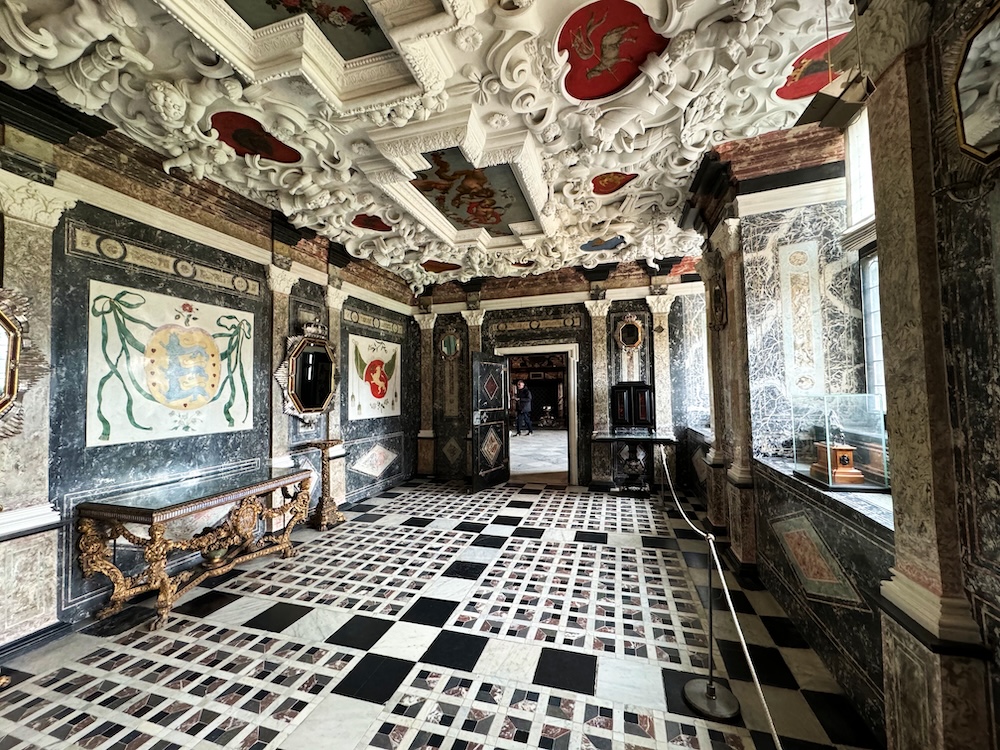
Denmark, Sweden, and Norway all use different currencies.
This may seem obvious, but it’s important to remember that Denmark, Sweden, and Norway all have different currencies. Confusingly, they all sound the same: Danish krone, Swedish krona, and Norwegian krone. But what’s important to note is the exchange rate is different. 10 Danish krone is different than 10 Norwegian krone.
When I traveled to Scandinavia, I spent two days in Denmark, five days in Sweden (split between Stockholm and Gothenburg), and two days in Oslo. At the time the exchange rate varied enough to really make a difference. $1 USD was 7 DKK where as $1 USD was about 10 SEK or 10 NOK. It doesn’t seem like a huge difference, but it made enough of a difference to make Denmark feel more expensive than Sweden or Norway.
Scandinavia Travel Tip #6 – Keep track of each currency exchange rate.
The language barrier exists, but it’s not really an issue.
I don’t speak a word of Danish, Swedish, or Norwegian. Well actually that’s a lie. I can say “hello” and “thank you”. Despite this, I never felt that there was a language barrier. While it is true that nearly everyone in Scandinavia speaks at least a little English, I still think about language barriers. It was not a problem at all when I traveled.
Now, let’s compare that to Chile where I do actually speak a little bit of Spanish and can hold a basic conversation. I struggled more in Chile (with a language I actually have a bit of experience in), than in Scandinavia.
So, while in Scandinavia, expect to see the local language, but you’ll always find enough English to get by.
Scandinavia Travel Tip #7 – Don’t stress about the language barrier.

Have your tickets ready, but don’t be shocked if it isn’t scanned.
Whenever I travel on high speed rail trains, I expect to have my ticket scanned. On local (non-high speed rail) trains, it was 50/50 if I ever get a ticket scanned. Scandinavia was different in that even on the high speed rail journeys, your ticket may not be scanned. On my journey from Copenhagen to Stockholm, I was never asked for my ticket. On my journey from Stockholm to Gothenburg, my ticket was scanned.
Of course, this doesn’t mean that you don’t need to have a ticket, but rather, don’t be shocked if you’re never asked to present it.
Scandinavia Travel Tip #8 – Have your ticket ready, but don’t be shocked if it’s not checked.
Pack layers. It can be colder than you think.
I was born and raised and still live in Wisconsin and because of that, I like to think that I can tolerate cold a lot better than most people. That may be true, but I’ll admit that I was cold at certain points of my Scandinavia trip.
The key to staying warm is to pack layers. This is good travel advice, no matter where you are visiting, but I think it’s even more important in places like Scandinavia. When the sun came out, it could actually be a pleasant day, but as soon as the sun moved behind the clouds, I wanted an extra layer. Plus there was rain, which when mixed with the cold weather, can be miserable.
Throughout my trip, I had a t-shirt, a fleece sweater, and a wind/rain jacket. In general I was ok, but there were a handful of times that I wanted something more (gloves especially). While it’s true you can always buy extra clothing when you’re in Scandinavia, expect to pay more. Do yourself a favor and bring extra layers from home. It will likely feel colder than you expect.
Scandinavia Travel Tip #9 – Layered clothing is your friend.

It will likely rain at some point during your visit.
The weather in Scandinavia can be unpredictable. From sunny skies to cool, cloudy days to rain, I had a little bit of everything. The worst was the rain.
When I travel, I have a tendency to rely on weather apps to tell me what to expect for the weather that day. Usually this works great, so imagine my surprise when I went out exploring on a day that showed that there was no rain predicted and it started raining heavily. That was my first day of the trip and it taught me a very important lesson. From that point on, I always carried an umbrella with me, just in case—and yes, I did occasionally need to use it.
Scandinavia Travel Tip #10 – Be prepared for rain at any point.
Pack an eye mask if you like total darkness while you sleep.
As the calendar moves to late spring, expect the light to linger later. In summer, the sun doesn’t set until 9 or 10 pm in some places. Plus, the sun rises early too. And no, this is not just in the far north. Even Copenhagen has these long hours of daylight.
For those of us not used to that kind of day light, you should consider taking precautions. Yes, your hotel may have blackout curtains, but it doesn’t block out all of the light. I personally prefer to have near complete darkness when I sleep and it was difficult to get that while I traveled in Scandinavia. The curtains blocked out most of the light, but it still crept in around the sides of the windows where the curtains didn’t quite reach and that little bit of light can make a big difference. The only room where I had complete darkness was when I stayed at a hotel and had an interior room with no window.
So, if you need darkness to sleep, bring an eye mask. You’ll be thankful later.
Scandinavia Travel Tip #11 – An eye mask may be essential packing.

Don’t worry about starting your day early.
I like to start my days early. I prefer to get out and explore early and then be back at my hotel in the early evening to relax. This schedule didn’t quite work in Scandinavia.
Sure, it’s possible to go out and start exploring early, but so often museums didn’t open until 10:00am. With such late start times, it just doesn’t pay to get an early start. I found myself having to adjust my travel style just to accommodate for the museum times. Instead of starting early and finishing early, I was starting early and finishing a bit later than I’d prefer.
The worst part is that the sights won’t open until 10:00 am, but they’ll still close at 5:00 pm. This means you need to be efficient with your sightseeing if you want to squeeze in multiple sights in one day.
Scandinavia Travel Tip #12 – Pay attention to museum times.
A 24 hour transportation ticket may not be worth it.
In many cities, you’ll find different options for public transportation. You can purchase single tickets as you go, or you can purchase a 24 hour ticket. Typically, I find that the 24 hour ticket is the same price as three single tickets. So, if I plan to take three journeys, it’s worth it to pick up the 24 hour ticket. The benefit is that I have the ticket and if something comes up I don’t have to think about it, I can just hop on the train.
When I visited Stockholm, I looked at the public transportation journeys I’d need. I calculated that I absolutely needed two journeys but a third would be a good idea (even if it wasn’t strictly necessary). I was prepared to purchase a 24 hour ticket, but then I did the math.
At the time of writing, a single ticket in Stockholm costs 42 SEK (about $4.50 USD—it’s not cheap). A 24 hour ticket costs 175 SEK (about $16.50). If you do the math, you’d have to take at least five journeys within 24 hours to justify the cost of the 24 hour ticket in Stockholm.
On the other hand, in Oslo the math works differently. A single ticket costs 42 NOK (about $4 USD) while a 24 hour ticket costs 127 NOK (about $12). In this instance, if you take three journeys, it’s only 1 NOK more to have the 24 hour ticket.
Always do the math before purchasing a ticket. Scandinavia is expensive and you’ll want to save money while you can. That extra bit of money that you saved on your public transportation in Stockholm can go toward your food budget.
Scandinavia Travel Tip #13 – Do some research (and math) before your trip to determine what transportation your really need.
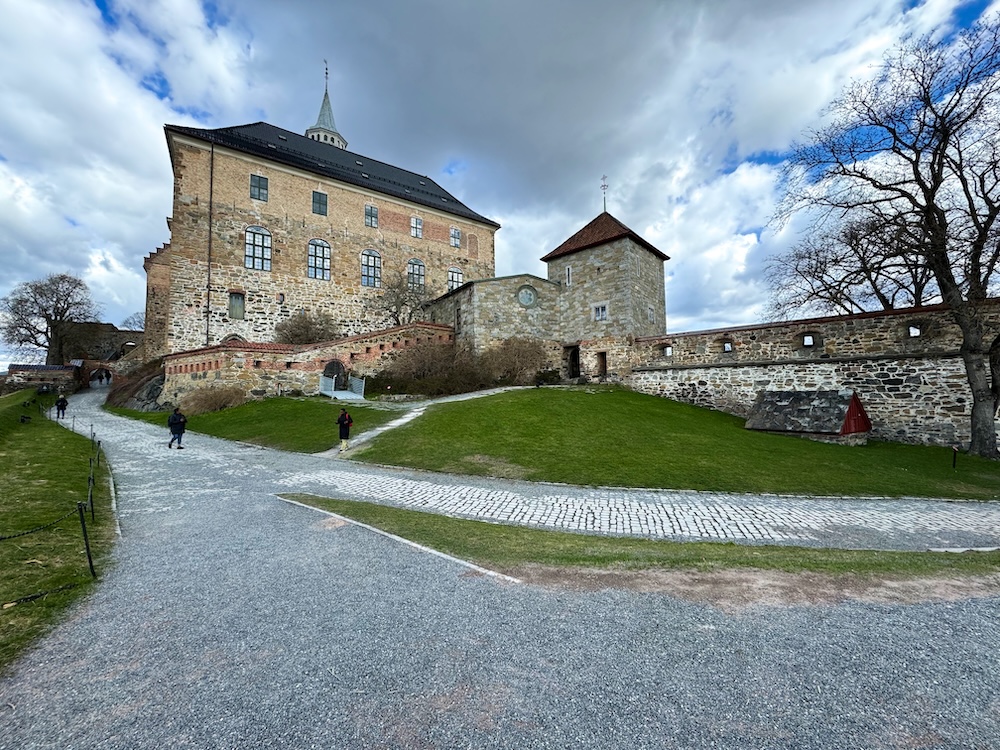
Swedish Train tickets do not like US phone numbers.
I needed to purchase two train tickets through the Swedish railways. I selected my journey, got all the way to the payment page, and it would not accept my phone number. While it doesn’t seem like that should be a big deal, without a valid phone number, I wasn’t able to complete my purchase. So what do you do?
If you have a US phone number (or presumably a phone number outside of Sweden or the EU), try adding some zeroes to the front of your phone number. Basically, convert the country code from 1 to 001. So when I entered my phone number (ex. (920)-555-1234), it looked like 0019205551234.
Scandinavia Travel Tip #14 – You may have to get creative with personal data.
Look out for combination tickets.
In this post, I’ve mentioned several times that it is expensive to travel through Scandinavia. Of course there are places where you can save money and I’ve covered several instances of that already. But let’s talk about another one. When you do your research, look ahead to see if there are any combination tickets. While it won’t save you a lot of money, it can save a little bit.
For me, it meant the difference between seeing a sight or skipping it. I didn’t want to pay two full price tickets, but if I could save a bit, that made the difference. The downside was, I didn’t find out about some of these tickets until after I was at the ticket office so I declined the offer without thinking things through. Had I thought things through, I would have purchased the combination ticket and gone to a second museum. Oh well.
Scandinavia Travel Tip #15 – Research thoroughly and understand all ticket options.
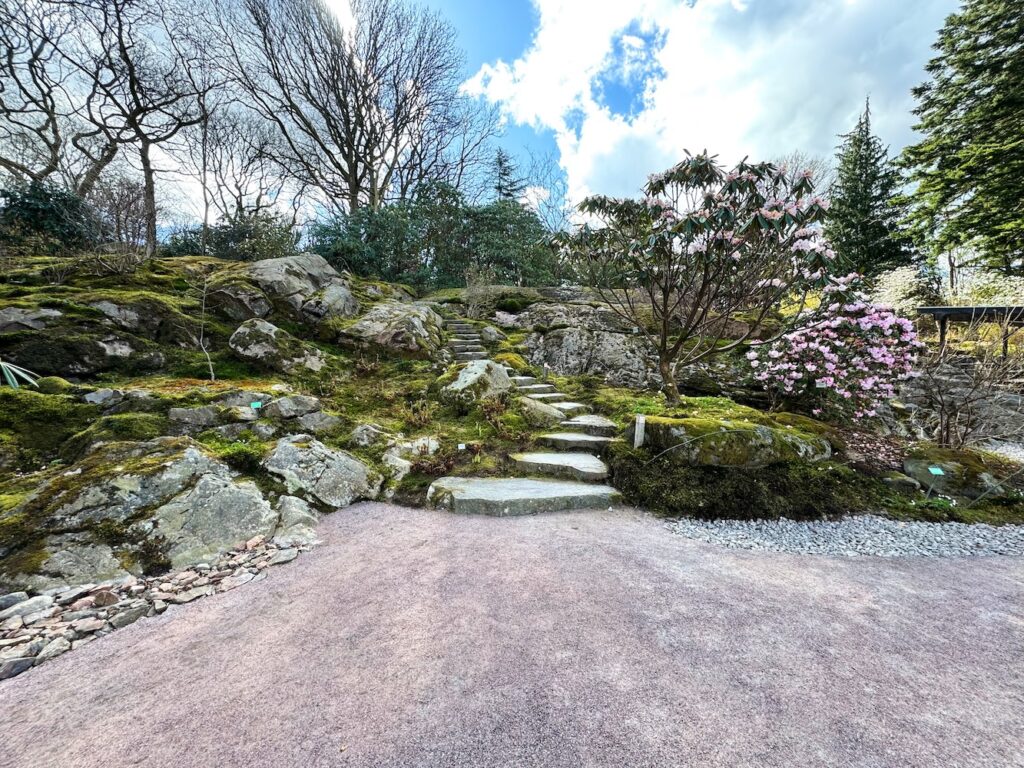
If you’re on a budget, convenience stores are your friend.
Kristen, we get it. Scandinavia is expensive.
I know, I know, but don’t forget about convenience stores. You’ll all kinds of sandwiches and snack options here. And yes, it IS that much cheaper than eating in a restaurant.
Scandinavia Travel Tip #16 – The cheapest food may be convenience stores.
Final Thoughts
And there you have it. I hope these Scandinavia travel tips can help you plan a successful trip.
Continue Your Adventure
Scandinavia: Start planning your trip to Scandinavia with this 10 Day Itinerary, featuring stops in Denmark, Sweden, and Norway. Or if you have less time, try my one week itinerary. Check out my Scandinavia Budget for a realistic look at travel costs and budgeting tips.
Denmark: No visit to Denmark would be complete without spending at least one day in Copenhagen, where you can tour several churches and have some fun at Tivoli Gardens. Plus, learn more in my Denmark Travel Guide.
Norway: While so much of Norway’s beauty is found outside its cities, you can explore the highlights of Oslo with just one day. Plus, check out my Norway Travel Guide.
Sweden: A visit to Sweden will generally include its capital city of Stockholm, which is full of awesome sights and museums. If you have extra time in Stockholm, consider a day trip to either Uppsala or Drottningholm Slott. But don’t miss Gothenburg, another great city that feels more relaxed than Stockholm. Continue your planning with my Sweden Travel Guide.
